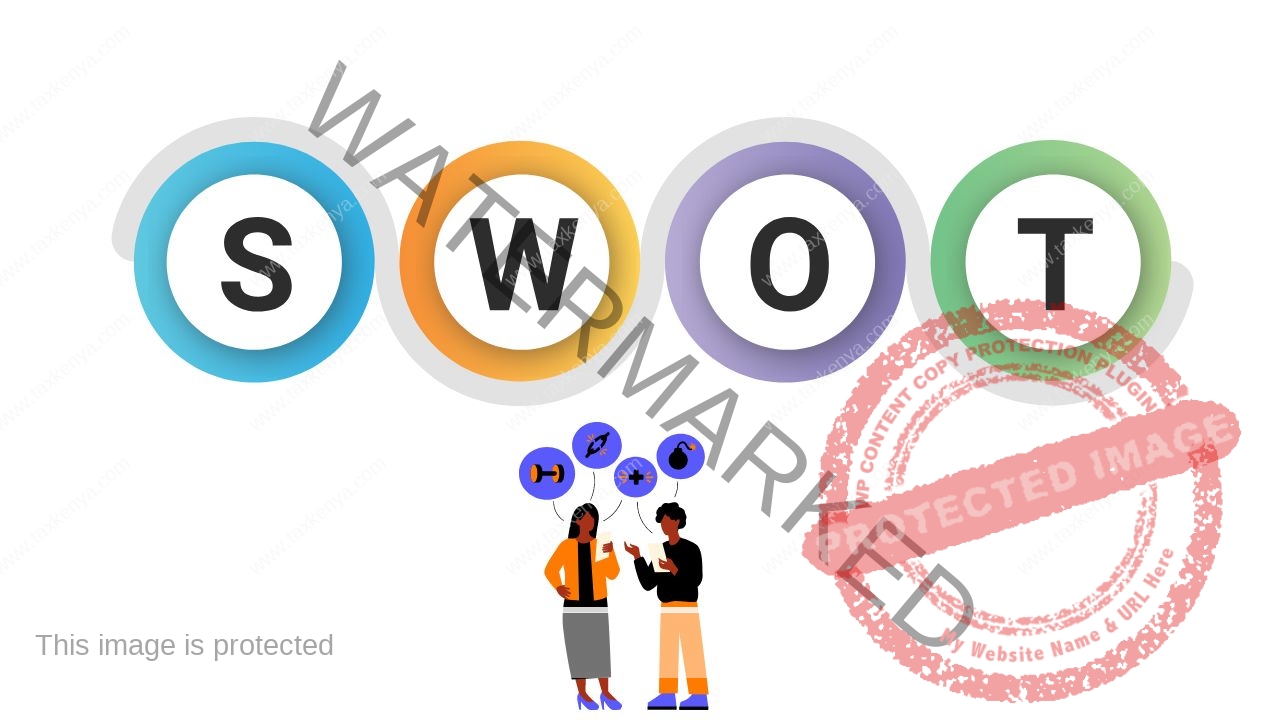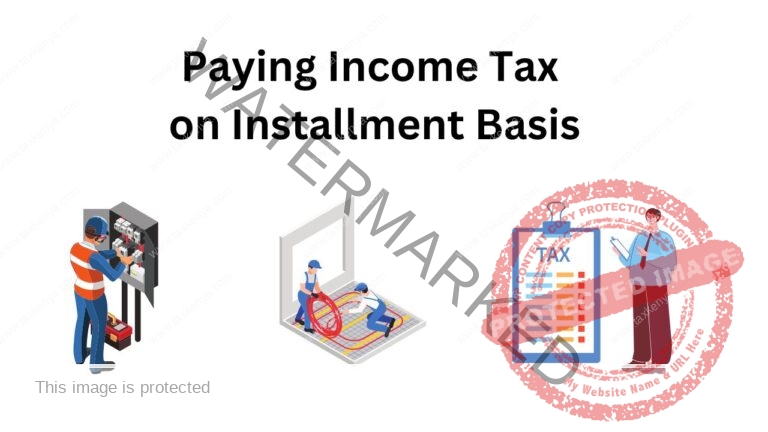Any business or person managing their money must abide by the country’s tax laws, rules and regulations in the country. As governments throughout the world continue to enact strict laws, rules, regulations and penalties for non-compliance, it is imperative to ensure that tax obligations are fulfilled accurately and on time.
One tool that might help taxpayers maximize their tax compliance levels and keep improving is the SWOT analysis. By evaluating the strengths, weaknesses, opportunities, and threats of their tax position, taxpayers can choose their tax strategy, reduce their tax liabilities, and maintain compliance with tax laws, rules and regulations.
In this article, we will look at the benefits of undertaking a SWOT analysis for tax compliance and the various ways it might benefit taxpayers.
What is SWOT?
SWOT stands for Strengths, Weaknesses, Opportunities, and Threats. It is a framework that is widely applied in business and marketing to assess a company’s or product’s current state and future growth potential. SWOT can be used in any situation where there is need to identify strengths, weaknesses, opportunities, and threats including tax compliance.
What is SWOT analysis?
SWOT analysis is an exercise and often identifies a company’s internal strengths and weaknesses as well as the external opportunities and threats it faces. By looking at these factors, businesses can determine their competitive advantages, areas for development, as well as potential market possibilities and threats.
SWOT analysis is widely employed to draft strategic plans and choose a company’s best course of action. It can also be used to assess the benefits and drawbacks of a rival or to gauge the potential of a brand-new product or service.
SWOT analysis can be used for tax compliance. This will help any taxpayer identify the following regarding tax compliance:
- Tax strength
- Tax weakneeeses
- Tax oppourtunities
- Tax threats
Before conducting a SWOT analysis for tax compliance, it is important for taxpayers to understand why it is important.
Reasons For A SWOT Analysis For Tax Purposes
1. Recognize strengths:
Using a SWOT analysis, taxpayers can identify their tax strengths and effective methods, they can use for their advantages for example maximizing tax deductions and credits. The information provided will help the taxpayers benefits and ensure tax compliance is maintained and improved over time.
2. Identify weaknesses:
Conducting a SWOT analysis can help taxpayers identify areas where they might loose money on taxes, such as by failing to take advantage of potential tax breaks. With this information, these problems will be addressed, strengthening the overall tax position in the process.
3. Seize opportunities:
Using a SWOT analysis, taxpayers can find prospective tax breaks they may not have known about, like tax-advantaged investment opportunities. They can make use of this information to improve their overall tax compliance.
4. Address threats:
By performing a SWOT analysis, taxpayers can identify potential tax risks, such as changes to tax laws, rules or regulations, and take steps to address such risks. Utilizing this information will enable taxpayers prepare for potential risks.
5. Increase tax efficiency:
By identifying strengths and weaknesses, taxpayers can improve their tax planning strategies and raise overall tax efficiency. This will help them comply with their tax obligations and keep more of their hard-earned money.
6. Increase tax compliance:
Taxpayers can identify areas of noncompliance, such as missed deadlines or underpayments, and take steps to correct them by employing a SWOT analysis. Utilizing this information can assist any taxpayer adhere to tax laws, rules, regulations and avoiding legal issues.
7. Better financial planning:
Taxpayers can make the most of their resources and better plan for their financial future by analyzing their tax situations. Using this information, a complete financial plan that takes into account their tax situation can be created.
8. Make more informed decisions:
A SWOT analysis on tax compliance equips taxpayers with the information they need to make decisions about their tax strategy, financial investments, and other financial matters. With this information, taxpayers can make choices that are more consistent with their long-term financial goals.
9. Lower overall tax requirements:
By identifying tax-saving solutions, taxpayers can reduce their overall tax liabilities and keep more of their money. With the information, taxpayers can optimize their tax situation and lower their tax obligations.
10. Increase profitability:
By making the most of their tax circumstances, taxpayers can increase their bottom line and profitability. This information can help them make strategic decisions that will increase their profitability, such investing in tax-advantaged opportunities.
11. Minimize risk:
By identifying potential tax hazards, taxpayers can take action to minimize risks and prevent costly penalties, fines and interest. Utilizing this information, and tax-related risks can be minimized and tax laws and regulations can be followed.
12. Maintain compliance:
A SWOT analysis helps taxpayers maintain compliance with tax laws and procedures and avoid future legal issues. They can make use of this information to ensure that they meet their tax obligations and avoid any unpleasant consequences.
13. Recognize competitive advantages:
Taxpayers may get an edge over rivals. Businesses can differentiate themselves from the competition and attract customers searching for tax-effective solutions by using this information.
14. Achieve long-term goals:
Taxpayers can align their tax approach with their long-term financial goals, such as preparing for retirement or their children’s education, by using a SWOT analysis. They can use this data to confirm that they are on course to accomplish their long-term goals.
15. Simplify tax procedures:
By identifying areas for improvement, taxpayers can streamline their tax procedures and reduce the amount of time and effort required to manage their taxes. This information can be used to improve tax procedures and free up time for other important tasks.
16. Information:
Conducting a SWOT analysis will ensure the information provided to the proper authorities is accurate and comprehensive. This will encourage accurate tax reporting. This information can be used to maintain trust and credibility with stakeholders.
17. Enhance communication:
Using a SWOT analysis, taxpayers can more effectively communicate their tax situations to stakeholders, such as investors, creditors, or regulatory agencies. Stakeholders may benefit from improved communication and stronger relationships.
18. Ensure fairness:
By spotting potential opportunities for tax fraud or avoidance, taxpayers can ensure sure they are paying their fair share of taxes and contributing to society. These details can be used to keep taxation socially responsible.
19. Increase accountability:
A SWOT analysis can help taxpayers better understand their tax reporting obligations and ensure they are following their legal obligations. This knowledge may aid in improving accountability and preventing unwanted outcomes.
20. Stay current:
By undertaking a SWOT analysis for tax compliance, taxpayers can stay updated with changes to tax laws, rules, regulations, and best practices. With the use of this information, taxpayers can ensure they are aware of any changes that might have an influence on their tax situations and take action.
These are twenty reasons why taxpayers should undertake SWOT analysis for tax compliance purpose.
Conclusion
A SWOT analysis for tax compliance is a crucial tool for taxpayers to maintain compliance with tax laws, rules and regulations and to maximize their tax position. By undertaking a SWOT analysis, taxpayers can pinpoint potential risks, opportunities, and situations where their tax compliance procedures can be improved.
Taxpayers can make use of this knowledge to decide on their tax plan, lessen their tax liabilities, and achieve their long-term financial goals. Taxpayers may ensure they are adhering to changing tax laws, rules and regulations, honoring their social commitments, and gaining trust with stakeholders by investing time and money in routine SWOT analysis of their tax compliance.
A SWOT analysis of tax compliance is ultimately a helpful tool for any taxpayer looking to improve their financial status and avoid paying exorbitant fines and penalties.
Visit OUR E-SHOP HERE




